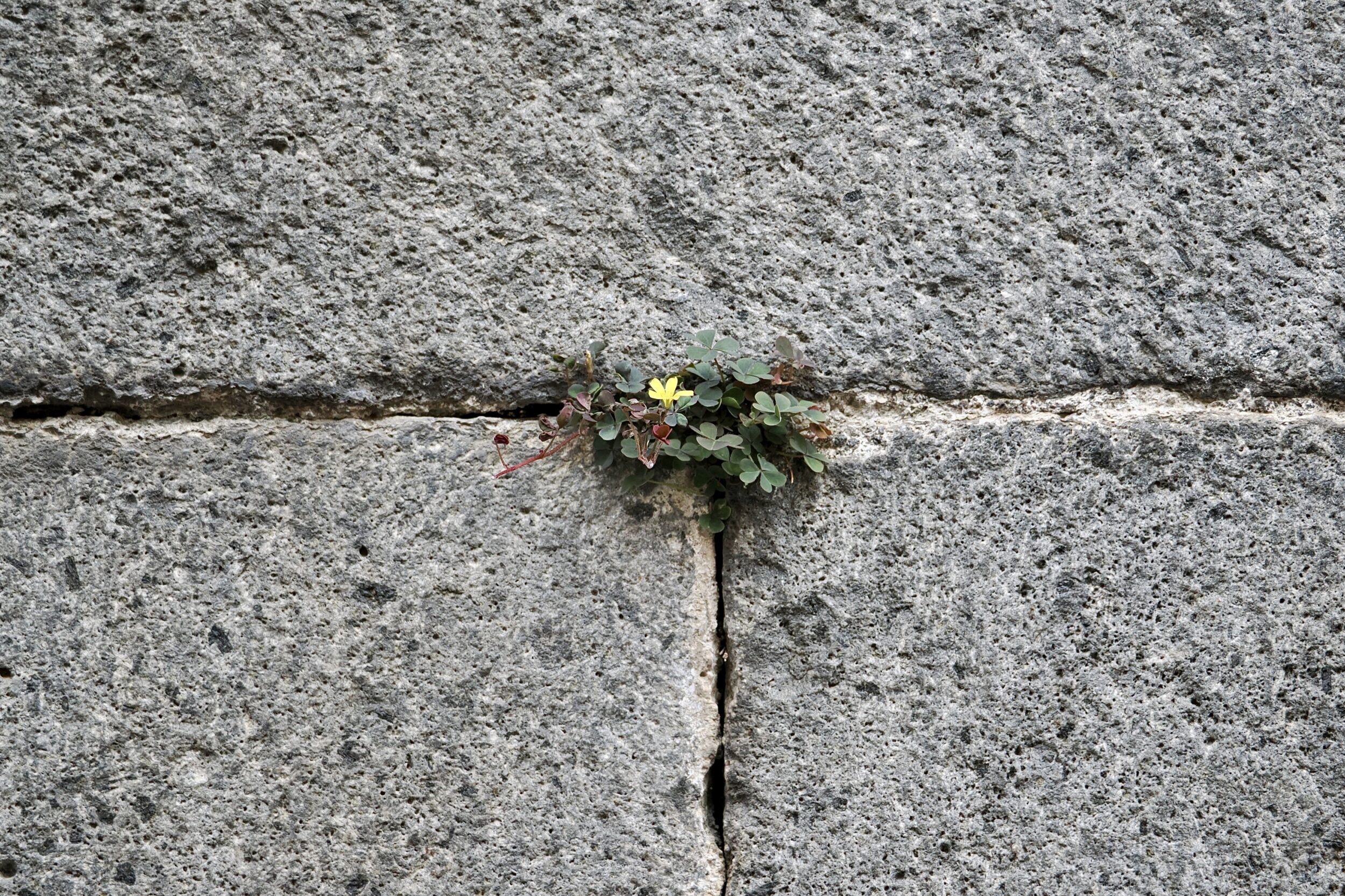Doubtless, this post’s subtitle could serve well as the latest addition to “metal” music’s ever-burgeoning array of named sub-genres.
However, this post’s “lava rock” has no connection to any musical “rock”.
This lava rock was deployed, with “sacred” intent, as a building material.
You are looking at part of a notable Sicilian church’s exterior.
Allegedly, gods give…and take away.
Certainly, volcanoes do.
For the last half a million years, Mt Etna has many times demonstrated both its “creative”and its “destructive” powers.
Even within just the last 100 years, Europe’s biggest currently-active volcano has buried, destroyed, or fatally wounded more than a few “well-built”, very substantial buildings…and some humans, too.
On the other hand, Etna has provided nearby humans with more than a bit of cheap, readily-available, durable building material.
Nowhere is this more evident than in Randazzo, a little north of Etna.
Randazzo is nearer to Etna’s summit/s than is any other substantial human settlement.
The “drab” appearance of many of Randazzo’s buildings is because they were largely built with lava rock, conveniently supplied by the local stratovolcano.
Among them is the grandest of its Catholic churches.
Sometimes billed as a “cathedral”, the church of Santa Maria Assunta is in fact a “basilica”.
Construction began in the 13th century.
Conceivably, the pictured lava rock brickwork may have been “in place”, on the church’s Etna-facing exterior wall, for rather more than 700 years.
Over the centuries, oxidation has softened/lightened its “face”.
It is now a relatively light shade of grey.
Originally, it would have been very much darker – almost Bible-black.
A future post will show and tell more about this particular church, whilst another will explain why Randazzo is a “bucket list” destination for anyone with a keen interest in gelato and/or granita.
Proximity to Etna is not coincidental to Randazzo’s role in the history of “frozen treats”, long before there were any power stations to provide electricity to fridges.
